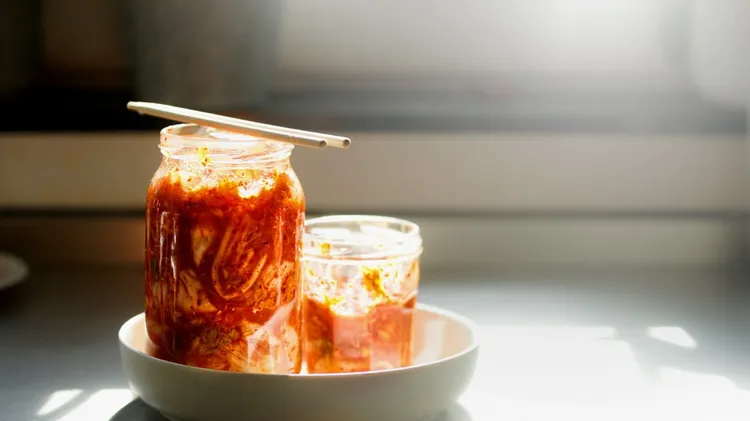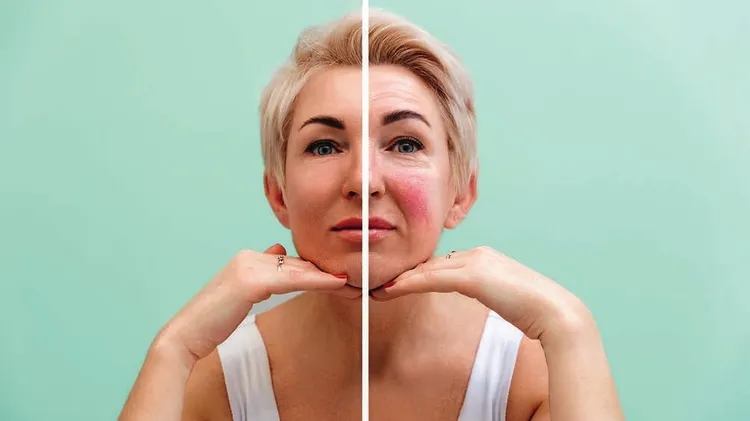The at-home beauty gadget market is taking off. Editor-in-Chief Katy Sunna
Let there be light!
5 min read
This article is from...
Read this article and 8000+ more magazines and newspapers on Readly






